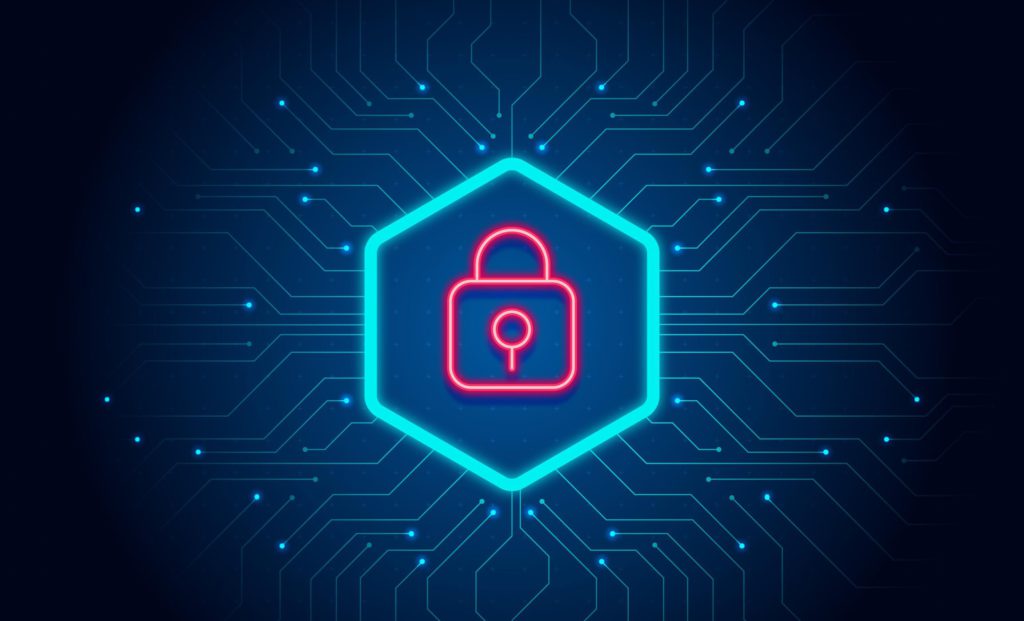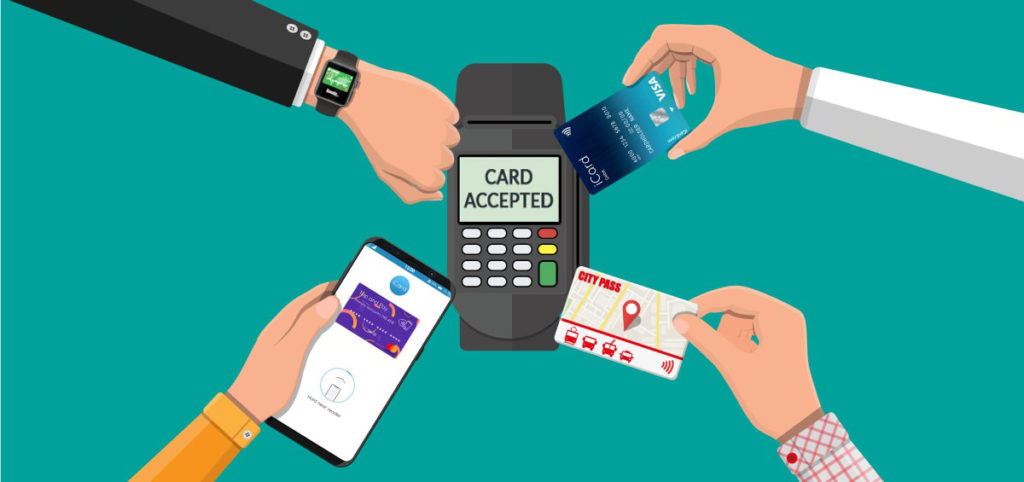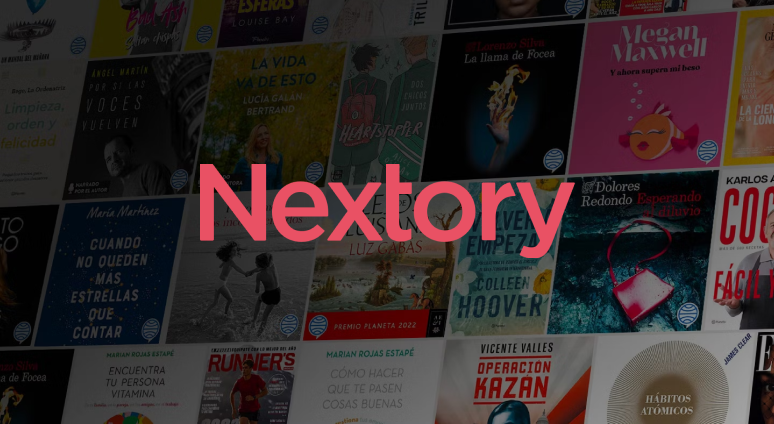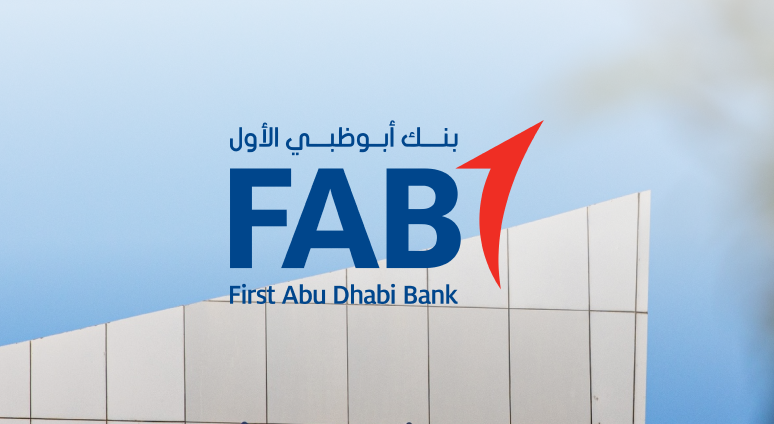4 ways to maximise the value of your loyalty program
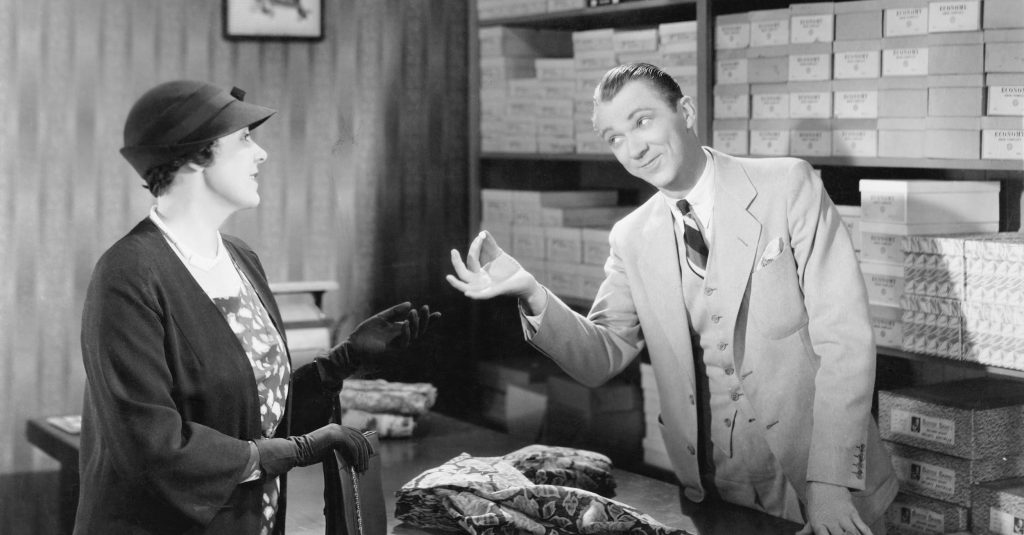
There are really only four ways to create value for all stakeholders in a loyalty program:
- maintain low operating costs, and funnel the savings into rewards
- add complementary partners in every spending category so the program and the currency are more useful and interesting
- share customer insight among partners, so you know how to maximize lifetime value for each customer, and can create more personalized engagement
- source aspirational redemption options at better cost, so the value of your loyalty currency is magnified.
What most brands don’t consider is that if they don’t do each of these things, the loyalty program actually becomes an opportunity cost: locking a smaller number of customers into a lower-value proposition than they will soon get elsewhere.
20 years ago, it cost the customer nothing to participate in a bad loyalty program, because there was no better alternative.
Today, even an average loyalty program places an unreasonable demand on a customer’s attention.
In every sector, modern technology makes it possible to create more value for frequent and less frequent customers. Today, even your low-spending customers can be profitable if they are paid some special attention.
Not every loyalty program seems to appreciate this.
I have not encountered any that do well on all four of the dimensions mentioned above. Many have become complacent, believing that what has worked relatively well for the past ten years will continue into the future. That is a fallacy that will bring down some current leaders.
Many, however, do well on one or two of those dimensions.
There’s enough good practice from across the industry, that an enterprising brand could copy the best bits of each, and create truly game-changing customer value with their loyalty program.
Do this first, and you will generate high-velocity point earning and redemption; a virtuous ecosystem that drives significant ROI, and significant barriers to competitors trying to make a similar move.
1. Maintain low operating cost
On average, most brands that operate a loyalty program spend about 2.5% of revenue on it.
2.5% may be the right amount for some businesses; for others it could be higher or lower. What is important is how much of the investment is delivered to customers in the form of tangible value.
Traditionally, about 1% of sales, or 40% of loyalty investment, is usually associated with the points value given customers. The other 1.5% is made up of indirect costs such as loyalty team salaries, vendor costs, marketing operations, and general overheads.
Imagine how much more motivated customers at every frequency level would be, if the net value they could realize from participating in your loyalty program nearly doubled?
You can do this by bringing down cost.
Right-sizing the organization based on the use of modern tools, and breaking dependence on once-powerful technology vendors can significantly reduce the third-party cost for operating computer systems or running campaigns. You can further reduce the attach-rate for general overheads by optimizing your team structure.
Eventually, you should strive to achieve 75% of the total loyalty investment reaching customers in the form of rewards.
For engaged members, that might be two more rewards per year.
For many more customers (your 60% +/- that are not engaged), that might be reaching the one aspirational reward this year that motivates them to allocate much higher share of wallet to your business in the future.
That’s a massive and meaningful increase in the value of your loyalty program.
What to do?
- Make a rank order list of your 20 highest costs
- Brainstorm for each how you could cut 10-50% of that cost with a little concerted effort
- Execute on the 2-3 largest opportunities and make sure the team feels a real deadline to achieve results
- Share your success in order to build motivation to repeat this process for the next three largest cost-savings opportunities.
2. Add complementary partners
Jonathan Nouri, the head of Hilton Honors, recently said this[i] about the rapid growth of millennials’ participation in their program:
“They don’t have the occasion to travel quite as much yet, so… the ability to earn and burn points with Lyft and the ability to redeem points on Amazon becomes increasingly important, so when those travelers do have a travel occasion Hilton is at the top of their minds.”
It’s a relief to finally see big travel programs recognizing this need to get the mid-tail and longer-tail customer engaged.
One great example is Click Pharmacy in South Africa.
The Click program is more popular than Woolworths’ and Pick ‘n’ Pay’s[ii] – despite the pharmacy enjoying far lower customer frequency.
You can attribute this to the fact that Click has more ‘earn’ partners, in more categories. To list a few:
This demonstrates that even if you’re not the biggest and most powerful business, assembling the right mix of partners creates obvious customer value that drives engagement.
Many programs are now scurrying to use this tactic to get ahead.
In January, Accor announced a partnership with Southeast Asia super app Grab, which enables ALL members to earn points from Grab rides and a very dynamic set of participating merchants, and use their GrabRewards points to book Accor hotels.
What to do?
- Create a list of five important customer segments
- For each segment, brainstorm which other brands those customers engage with more than a few times a year
- From those complementary brands, pick 5-8 that probably capture a significant share of wallet from your customers
- Discuss possible collaboration models for each brand
- Meet with the brand to discuss, test, and learn from MVP efforts.
Don´t be shy in your approaches to potential collaborators. They are probably considering this too, and will welcome the opportunity enhance customer value and experience.
3. Share data insights
Drivers of Change in Hospitality, a report[iii] co-authored by Amadeus and InterContinental Hotels Group, said…
‘…technology that extrapolates emotionally sensitive data could pave the way for more brands to reach a cult status at scale. Information about the guest, from their temperament to their hobbies …in turn facilitates thoughtful interactions and a personalized experience that will truly resonate.’
This is undoubtedly true; the trouble is, technology companies are beating many loyalty programs to it.
Booking.com CEO Glenn Fogel said last year that ‘Even the largest hotel chain doesn’t have full view of their customers like Booking Holdings does, in terms of the type of ground transportation, restaurant reservations, or attractions they want when traveling.’[iv]
Loyalty programs should be able to get this ‘full view’ from their partnerships data. The challenge is to be able to combine data that comes from partnerships, and from your proprietary ecosystem, in a single CRM, and use the combined insights to offer unbeatable degrees of personalization.
If you operate a pharmacy, you obviously cannot share that a customer buys anxiety medicine, but you might be able to share the insight that this particular customer values a quiet room or less pushy sales approach.
If you sell gas, partners might even subsidize your program in exchange for learning which customers periodically put premium gas in their car, as they will be more responsive to upgrade offers.
What to do?
- Using the same list of five important customer segments, determine if specific data points about those customers may indicate that you could record higher NPS scores, or that the customer is more likely to convert on an offer
- Brainstorm where you could obtain the indicative data – in your own business or from partners
- Plan how to obtain that data – especially for your less frequent customers (as they may spend a lot in your category, just not with you)
- Test whether campaigns run based on that data increase business volume or satisfaction.
4. Obtain good-value redemption options
If you can buy something for $30 that the loyalty program member values at $100, you have just made your points look over three times more valuable than their cost.
Within your own ecosystem, this is easy. You should know well in advance what inventory of products or services will become distressed, and go un-used unless sold at deep discounts.
The classic example is the airline seat, or the hotel room, which a brand offers for a bargain points redemption because it knows it will otherwise go unfilled.
But this is a limited tactic, because it may only appeal to a niche of your customers and possibly a niche you are already serving well. To engage more customers in your program, you need your partner network to offer more accessible redemptions that will appeal to a wider audience.
Customers genuinely value these opportunities. When Tesco devalued the majority of its redemptions from 4x listed value to 3x in 2018, members were up in arms[v] – but the wide range of ‘burn’ partners, and the fact those redemptions still look relatively good value, meant the majority of their members remained engaged.
For airlines and hotels, partnerships are even more potent, because the high perceived value of their services, and low variable cost for incremental travelers to consume that inventory, can create a huge step-up in perceived value.
To tackle this problem, Choice Hotels has positioned itself as ‘A Faster Way to Rewards’, allowing customers to select perks such as $2.50 Uber credit or a $5 Starbucks voucher as they check into the hotel.
The simplicity and immediacy of Smart Privilege led to a major boost in enrollment, the brand claims[vi], as well as enhanced engagement metrics.
Of course, the hotel pays their partners far less than the face value of the reward. But for any customer, the value-add is immediate and accessible, whatever their level of spend.
What to do?
- List the 10 highest volume redemption options in your program
- List the 10 redemption options you believe customers value most
- For any item on both lists, consider how the cost of that product or service could be reduced by 20-80% under specific conditions/constraints (i.e., only obtained on Tuesdays after 4pm, or only available in March, May, October, or November)
- Negotiate with the business unit or supplier to get inventory at lower cost when conditions apply
- Test & learn to see if this engages a previously disengaged audience, and how much it increases ROI
- Repeat this process for the additional high perceived value redemption options on your list
The race is on
Loyalty programs are quickly becoming more valuable contributors to a business´ overall performance. Advanced SaaS technology and more open partner collaboration ecosystems can now be enabled without ripping out legacy systems, or reengineering the majority of operating practices.
In short, barriers to entry on the delivery of higher-value loyalty marketing are falling.
In turn, barriers to get customers to switch from a competitor´s loyalty ecosystem to yours will soon get higher.
The greatest customer value, in loyalty, is created at scale: with the greatest number of members benefiting from the most powerful coalitions, across the widest networks of participating brands.
The controlling factor is customers’ spending constraints. People only have a certain amount they can spend each month across various categories. Demand in some categories may be more elastic, but overall total demand is finite.
This means that the number of such programs that can co-exist in any given market will be limited – so you will have to steal market share from competitors.
This means that being a first-mover is crucial. The brand that first creates such a high value proposition, by embracing all four areas of value creation, will shift significant share of wallet to themselves, and to the complementary brands with which they collaborate.
Whoever that turns out to be, they must avoid becoming an egotistical dictator that puts their own interests too far ahead of partners and members.
The role as market-maker is to create an open ecosystem that creates value for every stakeholder, with little friction, in which each brand tries to optimize the environment for its own benefit.
Sharing insight, keeping cost low, and passing most of that value to consumers, will create a very sticky environment for participating customers and brands.
This will engender a self-perpetuating value-creation effect that benefits every stakeholder, and creates market effects that make the program nearly impossible for competitors to overcome.
Create more customer value with Currency Alliance
Currency Alliance makes it quicker, easier and more affordable for brands to collaborate around their customers’ favourite loyalty currencies.
Our lightweight SaaS platform is a layer over your existing loyalty platform – so there’s no need to rip out existing systems.
With no CapEx and only a 2% fee on transactions, you’re free to funnel as much value as possible to customers – maximising platform engagement and driving up your customer experience.
And with simple connection via an API, you can be up and running within days.
Visit Currency Alliance.com to find out more, or click here to get in touch.
References
[i] https://www.phocuswire.com/loyalty-hotel-industry-hilton-accor-red-lion
[ii] https://businesstech.co.za/news/banking/289946/these-are-the-most-and-least-popular-loyalty-reward-programmes-in-south-africa-in-2018/
[iii] https://amadeus.com/en/insights/press-release/drivers-of-change-in-hospitality
[iv] https://skift.com/2019/11/07/booking-holdings-sees-brand-collaborations-as-key-to-restoring-growth-on-steroids/
[v] https://www.moneywise.co.uk/news/2018-01-17%E2%80%8C%E2%80%8C/tesco-slashes-value-clubcard-points-change-branded-slap-face-loyal-customers
[vi] https://hospitality-on.com/en/worldwide-hospitality-awards/choice-hotels/choice-privileges-loyalty-program-relaunch

